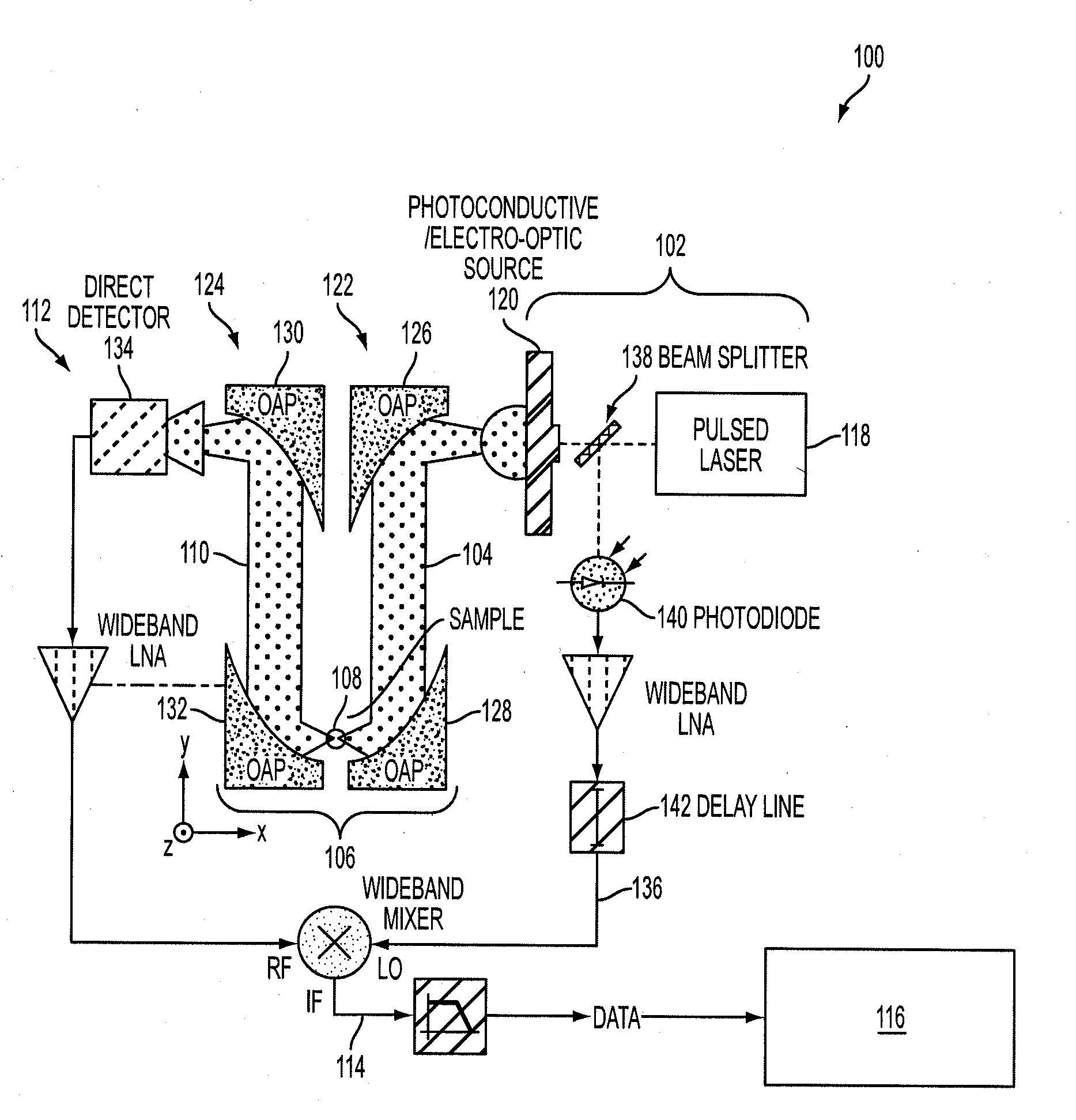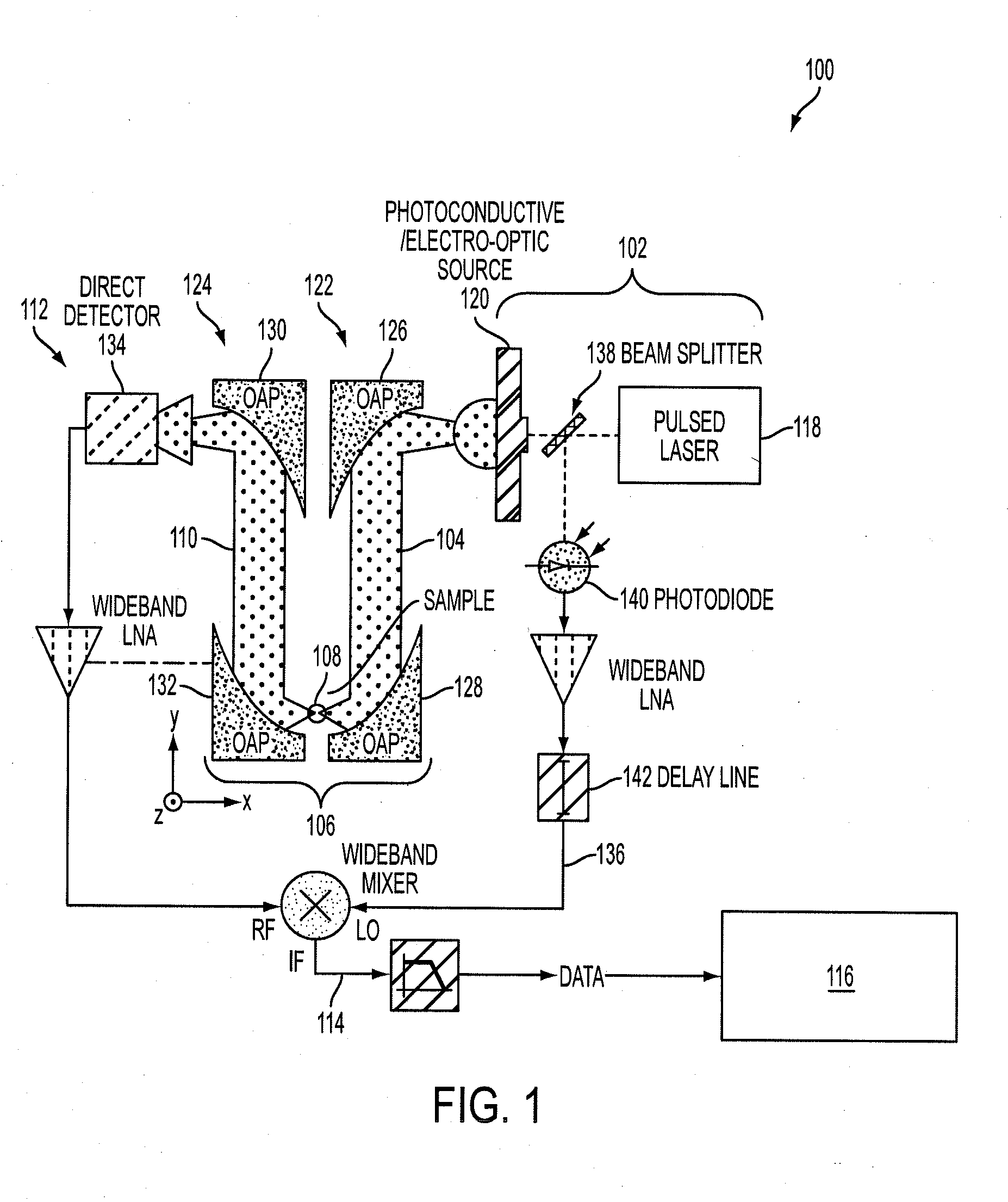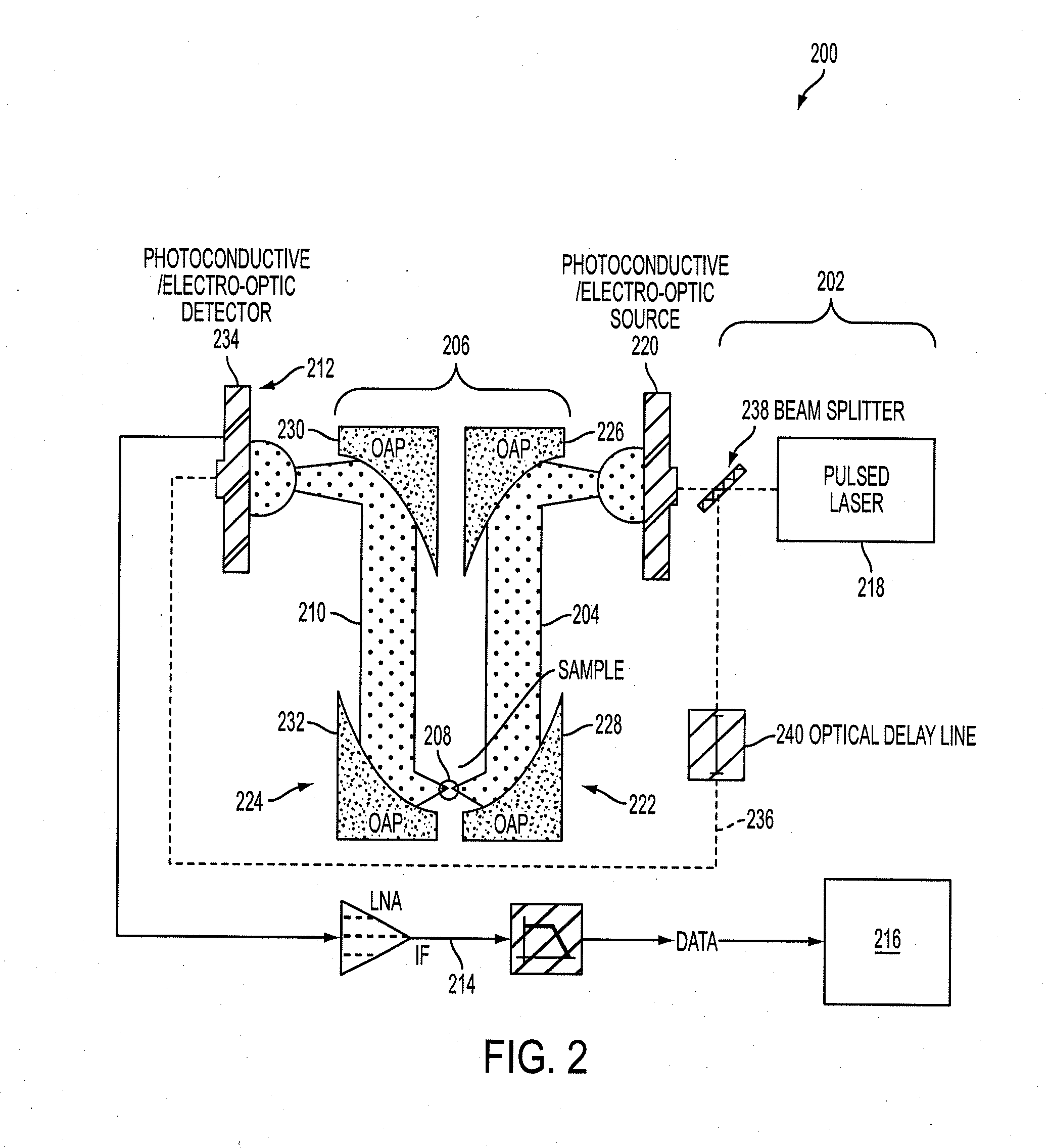Corneal hydration sensing system
a corneal hydration and sensing technology, applied in the field of systems and methods for sensing corneal hydration, can solve the problems of inability to accurately analyze changes relating to corneal disease states, inability to extrapolate corneal hydration from cct based on samples from the population, and inability to account for physiological variations between people, including geriatric and pediatric cases, to achieve the effect of adjusting for physiological variations
- Summary
- Abstract
- Description
- Claims
- Application Information
AI Technical Summary
Benefits of technology
Problems solved by technology
Method used
Image
Examples
Embodiment Construction
[0014]Some embodiments of the current invention are discussed in detail below. In describing embodiments, specific terminology is employed for the sake of clarity. However, the invention is not intended to be limited to the specific terminology so selected. A person skilled in the relevant art will recognize that other equivalent components can be employed and other methods developed without departing from the broad concepts of the current invention. All references cited anywhere in this specification, including the Background and Detailed Description sections, are incorporated by reference as if each had been individually incorporated.
[0015]An ideal clinical system for measuring corneal hydration should be non-invasive, non-contact to prevent irritation of the corneal tissue and risk of contamination or infection, deposit minimal energy, and measure the changes in hydration directly. THz corneal hydration sensing and imaging according to an embodiment of the current invention meets...
PUM
 Login to View More
Login to View More Abstract
Description
Claims
Application Information
 Login to View More
Login to View More - R&D
- Intellectual Property
- Life Sciences
- Materials
- Tech Scout
- Unparalleled Data Quality
- Higher Quality Content
- 60% Fewer Hallucinations
Browse by: Latest US Patents, China's latest patents, Technical Efficacy Thesaurus, Application Domain, Technology Topic, Popular Technical Reports.
© 2025 PatSnap. All rights reserved.Legal|Privacy policy|Modern Slavery Act Transparency Statement|Sitemap|About US| Contact US: help@patsnap.com



